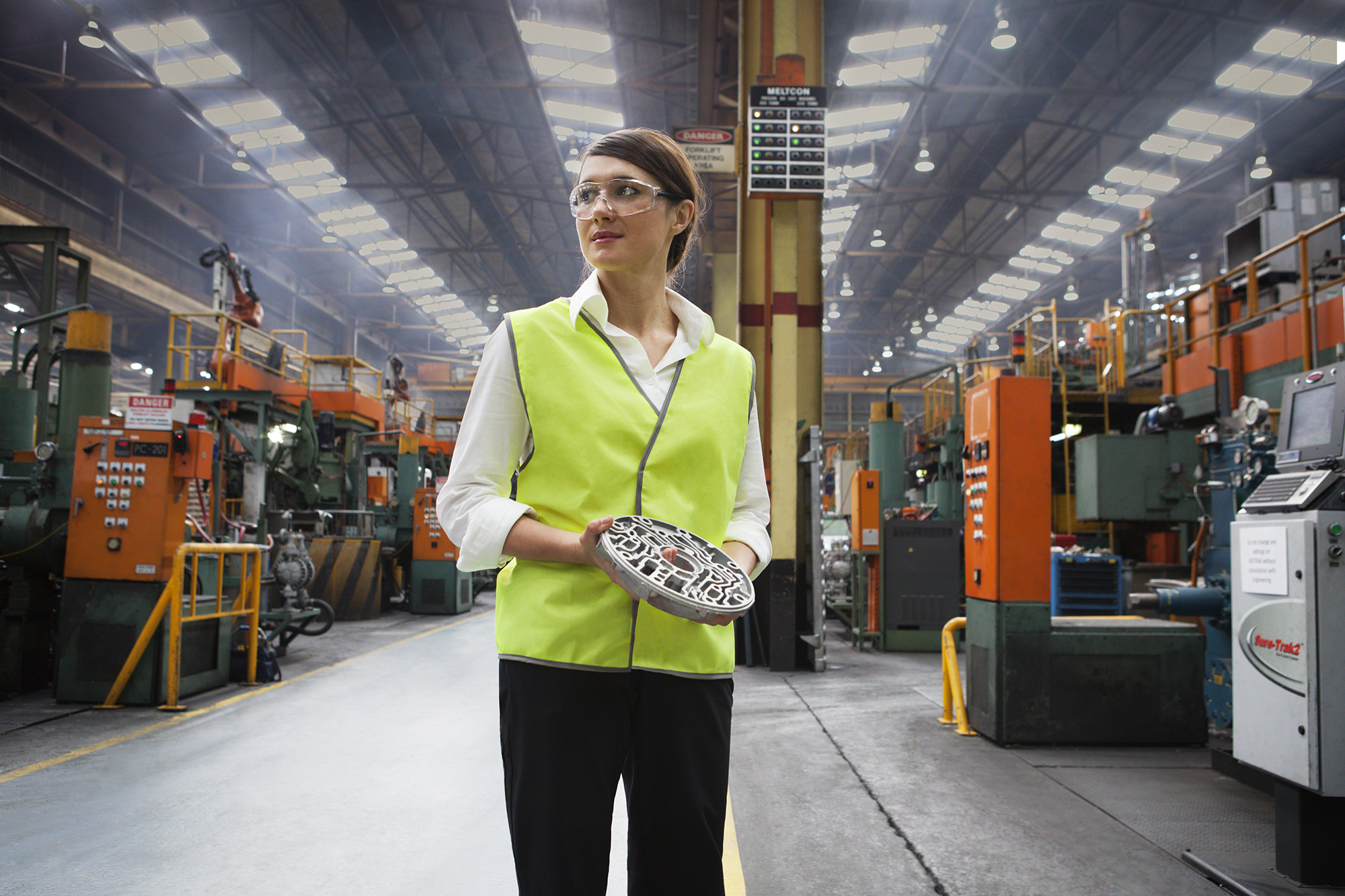When I say ‘science’ you say ‘beaker’. When I say ‘science’ you say ‘white lab coats’. When I say ‘science’ you say ‘microscopes’. Why is it so few people say ‘technology’ and ‘innovation’ and ‘collaboration’?
Science is the essential building block for a smart society and it’s got much, much more to offer than the high-school science stereotype that plagues us.
We’ve been doing a lot of thinking about where we’re headed, about our science masterplan for the next five years, and for us, science and innovation are inextricably linked.
But there are some challenges around Australia’s ability to be innovative. Currently Australia ranks 81st in world rankings for innovation efficiency. This is the bang for our buck we get when we transform innovation investment into results. If Australia ranked 81st in the world in a sport, ANY sport, we’d be outraged. Even New Zealand is ahead of us in this game.
Australia needs to pick up the game on ‘breakthrough innovation’ by creating new products and services – and potentially whole industries. We want to be at the centre of this, as the linchpin between business, government and the community.
And we’ve identified ways in which we’ll succeed in this new vision:
Crowd-sourcing
We already have 5,000 of the best and brightest minds in Australia. The great ideas are out there, we just need to find them. This year we crowd-sourced ideas from our staff, customers and thought leaders to set the direction for our 2015-2020 strategy.
Collaboration
Innovation is a team sport. We want to increase our connection with universities and other research organisations. We want more student engagement, to bring dynamism and vibrancy to our work culture.
Entrepreneurialism
True disruption comes with risk-taking and agility. We’ve set up a targeted fund for new commercial venture ideas from our people. This intensive accelerator program will involve external entrepreneurs, investors and some of our large industry customers.
Customer
We always have to start the conversation by asking the questions – who is the customer, what value do they need, and are we delivering? Our science should always deliver real impact.
Yes, real impact – the kind that makes your life better in some tangible way. This is not something new to us; we are well positioned to be Australia’s innovation catalyst. We are, after all, Australia’s largest patent holder and we’ve got 100 years of science impact under our belt.
Here’s just a few examples of how our innovation is already all around you:
1. The smart tech that’s keeping you snug at work.
Our OptiCOOL intelligent control technology uses lots of inputs, like weather, energy pricing and feedback from occupants, to adjust a building’s air-conditioning system and reduce energy consumption. The results? Up to 30 per cent reduction in energy use in 15 million square feet of floor space in Australia. That could include your desk at work.
2. The long-wear contact lenses you put in this morning.
Contact lenses were a game-changer last century, but they were rigid and not for night-time use. In 1991 we spearheaded an international collaboration that looked at using smarter materials to create a product that customers had been asking for. Ten years later and silicone hydrogen soft contact lenses made it onto the market and were an instant success. You’re welcome, eyeballs.
3. The fast WiFi you’re using on your phone or laptop or tablet.
There was life before WiFi? Well, not really. There was something, but it was a bit sad and lonely. Our astronomers set out to solve a ‘reverberation challenge’ to help them piece together the waves from black holes and from that wireless LAN was born. WiFi is now a fundamental part of our modern lives. Just consider how many times you’ve used it this last week.
4. The cotton on your shoulders, or legs, or feet.
Agriculture is a major player in the Australian economy but we’re always looking for efficiencies – less pesticides, better water use, higher yields. Since 1984 we’ve been doing just that, and now Australian cotton has the highest yields in the world, and more than 95 per cent of it is grown from our varieties.
5. The cereal you’re eating that contains more fibre than any other.
If you’re not a BARLEYmax fan, you should be. Our high fibre whole grain has two times the dietary fibre and four times the resistant starch of a regular grain. This superfood has the potential for lowering rates of type 2 diabetes, cardiovascular disease and colorectal cancer.
To read more about our new five-year strategy, and to find out how you can partner with us, head to our website.




3rd September 2015 at 6:05 pm
Science is the essential building block for a smart society and it s got much, much more to offer than the high-school science stereotype that plagues us. We ve been doing a lot of thinking about where we re headed, about our science masterplan for the next five years, and for us, science and innovation are inextricably linked.
9th August 2015 at 5:48 pm
A subject worthy of study is industrial scale beneficiation of waste water to remove heavy metals, drugs, hormones, and the legislative framework necessary to create a trade in grey water
3rd September 2015 at 2:16 pm
There is a fully natural remedy for waste water cleaning and re use
And it’s organic
3rd September 2015 at 6:15 pm
I have seen a series of wetlands doing the job but industrial scale? We are still sending billions of litres out to sea. Maybe a financial incentive to re-use that water is necessary, regardless of how it is purified.
30th July 2015 at 10:11 pm
Please include me in your newsletter
30th July 2015 at 1:19 pm
I would like to see the CSIRO invent Solar Roof Tiles so our houses can be clad in a Whole of Roof Aray